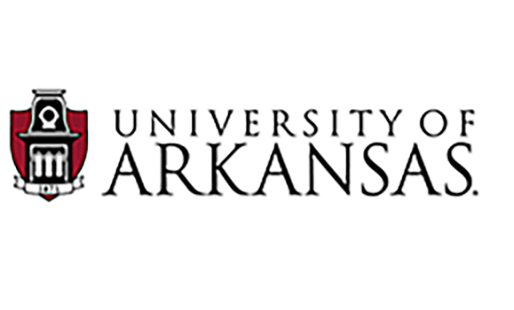Date of Graduation
7-2015
Document Type
Dissertation
Degree Name
Doctor of Philosophy in Engineering (PhD)
Degree Level
Graduate
Department
Mechanical Engineering
Advisor/Mentor
Darin W. Nutter
Committee Member
Rick J. Couvillion
Second Committee Member
Larry A. Roe
Third Committee Member
Uchechukwu C. Wejinya
Fourth Committee Member
Chase E. Rainwater
Keywords
Applied sciences, Buildings' cooling and heating loads, Dust accumulation, Hot and dry climates, Sky radiative cooling, Sky temperature, Transient solar absorptivity
Abstract
The influence of transient factors such as sky long wave radiation exchange and atmospheric aerosols (i.e., smog, and dust – made up of sand, clay, and silt) are not carefully considered in current building design and simulation models. Therefore, the research objective was to better understand and account for such variables, resulting in improved radiative predictive capabilities, especially important for hot and dry climates under different sky conditions including clean, cloudy, and dusty. Overall, results of this dissertation provided a better prediction method for sky long wave radiation exchange with a building’s roof and the impact of dust accumulation on energy use, especially for poorly and uninsulated residential buildings. The two most significant results for this study were (1) a new absorptivity model was introduced in an effort to relate a building’s exterior roof solar and thermal properties (absorptivity, reflectivity, and emissivity) to monthly averaged dust accumulation, and (2) a new dusty sky temperature model was introduced as a function of atmospheric aerosol optical depth to better account for dust impact on sky temperature prediction.
Citation
Algarni, S. A. (2015). Modeling Radiation Heat Transfer for Building’s Cooling and Heating Loads: Considering the Role of Clear, Cloudy, and Dusty Conditions in Hot and Dry Climates. Graduate Theses and Dissertations Retrieved from https://scholarworks.uark.edu/etd/1231

